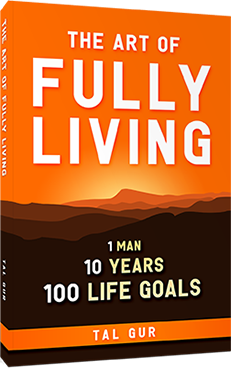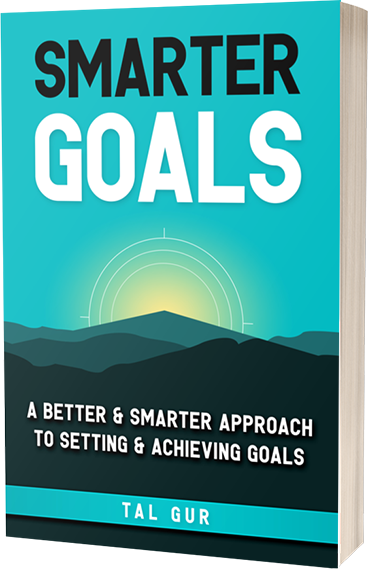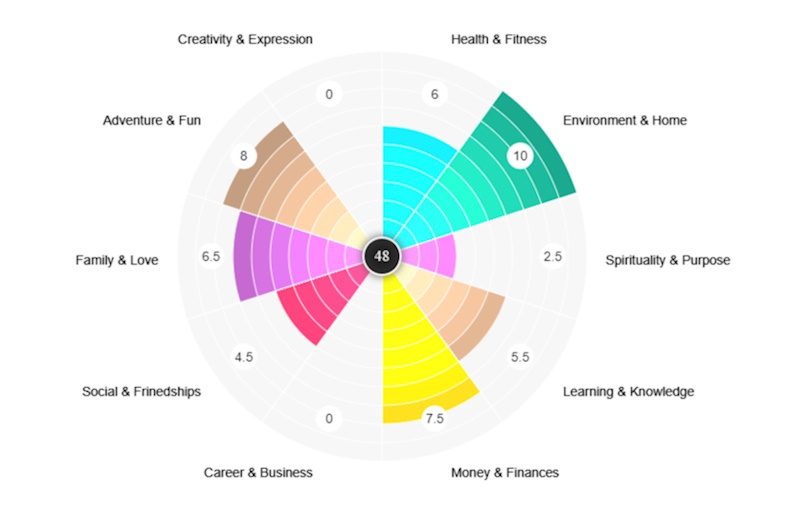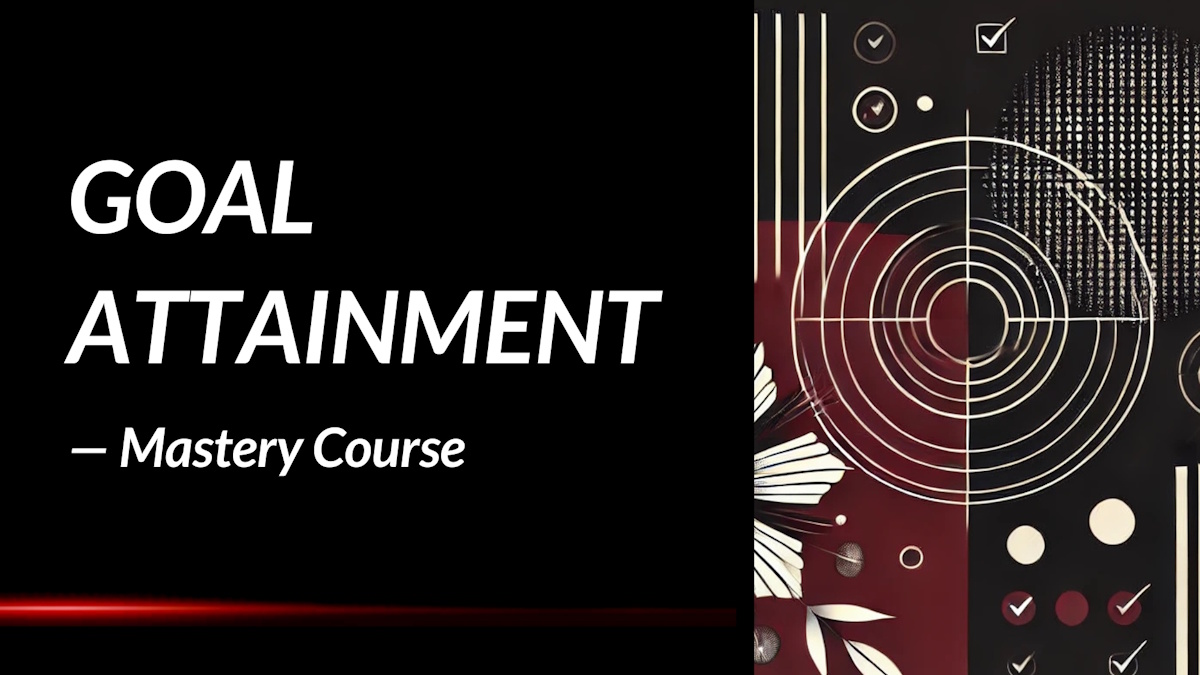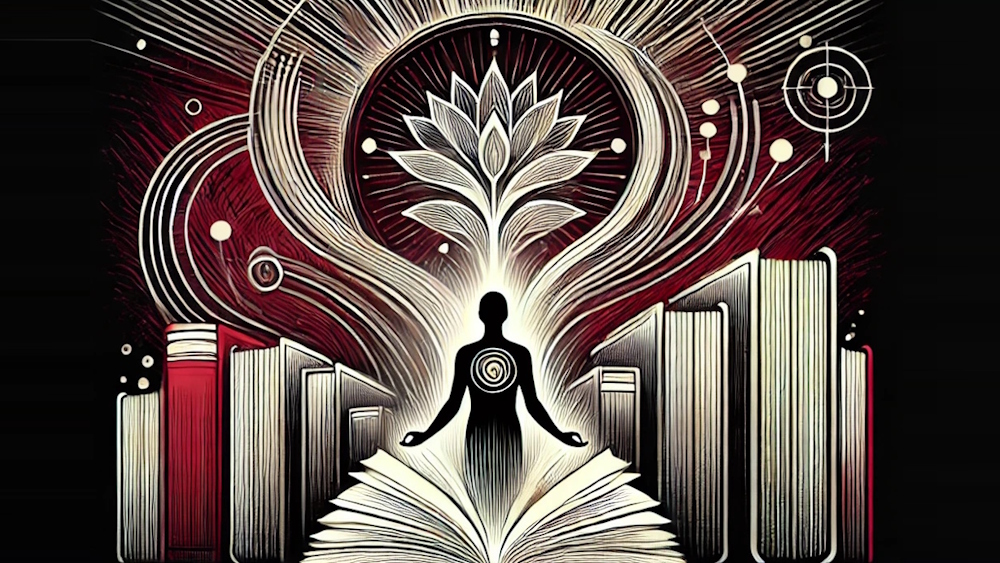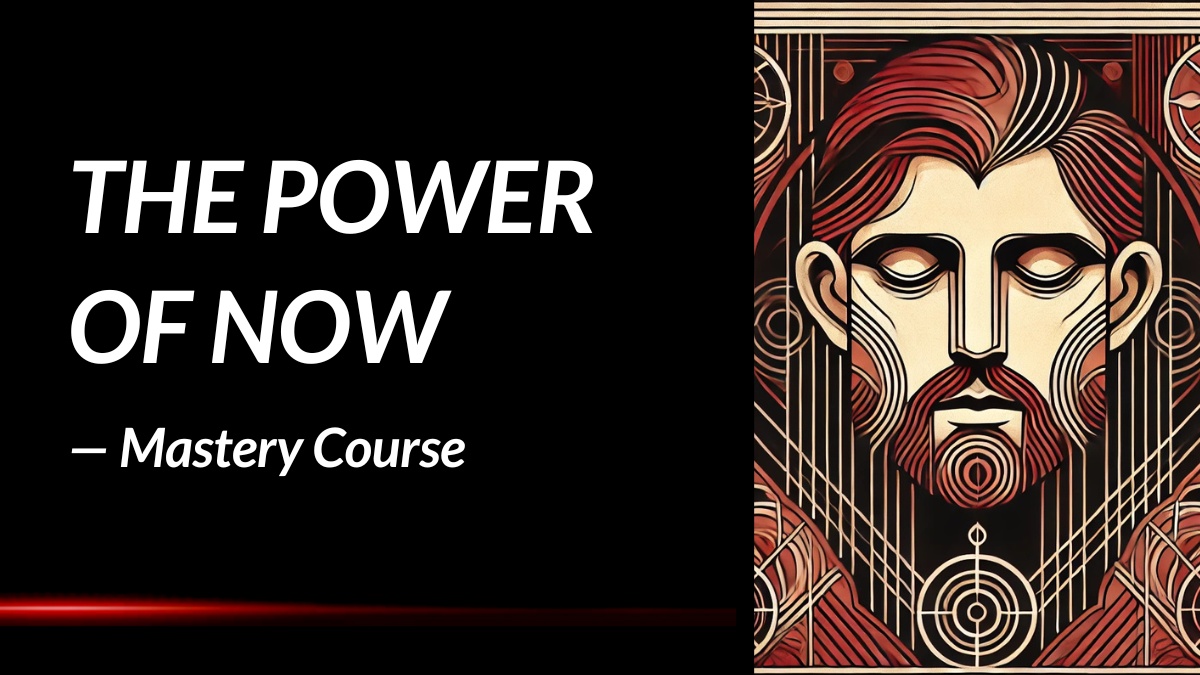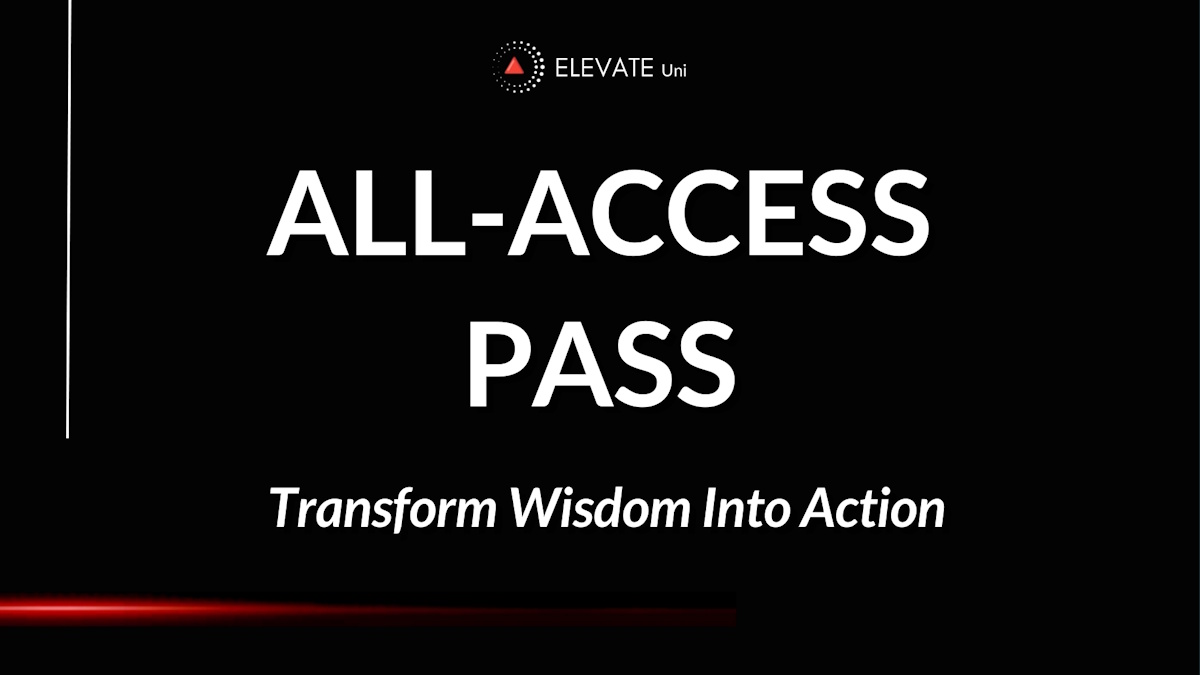The Emotionally Abusive Relationship: Summary Review
What if the most damaging wounds in a relationship aren't physical but emotional—silent, invisible, and deeply scarring? In The Emotionally Abusive Relationship, Beverly Engel, a seasoned psychotherapist, offers a compassionate roadmap for recognizing and healing from emotional abuse, making it an essential read for anyone seeking clarity and recovery.
What is the Book About?
The Emotionally Abusive Relationship delves into the often-overlooked realm of emotional abuse, providing readers with the tools to identify and address harmful patterns in their relationships. Engel's approach is unique in that it speaks to both victims and perpetrators, acknowledging the complex dynamics that can exist within emotionally abusive relationships. Through self-assessment quizzes, real-life case studies, and practical exercises, the book guides readers toward understanding the roots of abusive behavior, often linked to past trauma or learned patterns from childhood.
Beyond identification, Engel offers actionable strategies for change, emphasizing the importance of self-compassion and healing. She addresses the challenges of setting boundaries, rebuilding self-esteem, and making informed decisions about the future of one's relationship. Whether you're seeking to heal from emotional wounds or striving to break the cycle of abuse, this book serves as a comprehensive guide toward healthier, more respectful connections.
Book Details
Print length: 272 pages
Language: English
Publication date: July 30, 2003
Genre: Self-Help / Relationships
Book Author
Core Theme
At its heart, The Emotionally Abusive Relationship explores the intricate dynamics of emotional abuse, emphasizing that such abuse often stems from unresolved childhood trauma and deep-seated feelings of shame. Engel posits that both victims and abusers can be trapped in a cycle of pain, perpetuating harmful behaviors without fully understanding their origins. By shedding light on these patterns, the book encourages readers to confront their pasts and take proactive steps toward healing.
A significant theme throughout the book is the transformative power of self-compassion. Engel advocates for a nonjudgmental approach to recovery, urging readers to treat themselves with kindness as they navigate the complexities of emotional abuse. Through practical exercises and reflective prompts, she guides individuals toward rebuilding their self-worth and establishing healthier relationship dynamics.
Main Lessons
A few impactful summary lessons from The Emotionally Abusive Relationship: How to Stop Being Abused and How to Stop Abusing:
1. Emotional abuse is a pattern, not an incident
Emotional abuse is not simply about having arguments or enduring a bad day—it’s a recurring dynamic built on control, degradation, and manipulation that chips away at a person’s sense of identity. The book redefines emotional abuse as a slow, insidious erosion of one’s self-worth and ability to trust their own perceptions. This distinction is critical because it helps readers understand that abuse is not just about overt insults or dramatic events, but a chronic pattern that quietly reshapes their self-image and experience of reality.
2. Awareness is the first step toward freedom
Beverly Engel equips readers with practical self-assessment tools and reflective exercises to evaluate whether they are experiencing or perpetrating emotional abuse. These structured tools serve as mirrors, helping individuals see clearly what they may have normalized over time. Whether someone is being mistreated or realizing their own destructive behaviors, these exercises illuminate the truth and lay the foundation for conscious change. It's through honest introspection that the fog begins to lift and a path toward healing becomes visible.
3. The roots of abuse often lie in past wounds
One of the book’s most transformative insights is that many abusers are not inherently cruel, but are operating from unresolved trauma, fear, and insecurity. Engel emphasizes that understanding these underlying factors is not about excusing harmful behavior, but about creating space for change. By exploring how childhood experiences shape adult patterns, the book invites both abusers and victims to confront their pasts with courage. This deeper comprehension empowers people to break free from cycles they may have unknowingly inherited.
4. Boundaries are the foundation of emotional safety
Instead of vague encouragement to “demand respect,” Engel provides concrete strategies for establishing and defending healthy boundaries. This includes assertive communication, clarity in personal values, and enforcing consequences when lines are crossed. The book teaches that setting boundaries is not about confrontation but about self-protection and dignity. It reframes boundaries as a form of love for oneself—a declaration that one’s emotions, needs, and identity are worth defending.
5. Healing begins with self-compassion and self-care
Recovery from emotional abuse doesn’t happen by accident; it requires deliberate, ongoing practices of self-love, validation, and care. Engel presents healing not as a destination but as a daily choice—one that involves nurturing the self, honoring intuition, and learning to trust again. From journaling to therapy, from affirmations to mindful reflection, the book outlines a roadmap for rebuilding inner strength. This chapter encourages survivors to reclaim their story and begin anew with gentleness.
6. Hope exists for those who want to change
Engel boldly declares that people who have been abusive can change—if they are willing to face themselves, take responsibility, and commit to growth. The book offers techniques specifically for those who recognize their patterns and sincerely want to reform. It doesn’t shy away from the difficulty of this transformation, but it refuses to write people off. Through consistent effort, empathy, and behavioral change, even the most damaging relational habits can be rewritten.
7. Gaslighting is a psychological weapon that destroys reality
Gaslighting, a form of emotional manipulation that makes someone doubt their reality, is exposed in the book as one of the most damaging tactics in the abuser’s arsenal. Engel warns that over time, victims of gaslighting may lose the ability to trust their thoughts, feelings, or memories. This lesson is especially vital because many people suffer from gaslighting without having a name for it. The book empowers readers by naming this abuse, validating their experiences, and encouraging them to reclaim their sense of truth.
8. Self-worth is not defined by someone else’s treatment
Engel insists that healing from abuse means reestablishing a strong sense of self-worth that isn’t dependent on others’ approval or mistreatment. She helps readers recognize that their value is intrinsic, not conditional. This lesson is deeply liberating for those who have been taught—explicitly or implicitly—that they deserve abuse or must earn love. The book invites readers to redefine themselves through their own eyes rather than their abuser’s narrative.
9. Breaking free requires belief in personal dignity
A pivotal message in the book is that no one can truly demand respect from others until they first believe they deserve it. Engel points out that victims often remain in toxic situations because they doubt their own worth or feel powerless to change their reality. The moment someone begins to believe in their right to be treated with kindness, the dynamic shifts. That internal belief becomes the seed of resistance, transformation, and eventual freedom.
10. Recognizing your own harmful behaviors is empowerment
Many books demonize abusers, but Engel takes a different approach—she encourages self-awareness and accountability without shame. Her message is clear: everyone has the capacity to be abusive under certain pressures, and acknowledging this truth is not a weakness but a strength. Through reflection and personal responsibility, people can step away from denial and choose healthier ways of relating. This lesson serves as a call for humility, honesty, and growth.
11. Childhood trauma often fuels adult relationship dynamics
Engel explores how many of our adult relational patterns mirror unresolved experiences from our early years. The book presents exercises to help readers trace their current pain to past wounds—often revealing that we unconsciously seek out familiar patterns in an attempt to heal them. This insight can be uncomfortable, but it’s also eye-opening. Recognizing the origin of these patterns is key to breaking free from them, and choosing new, healthier ways to connect.
12. Abuse can be subtle, unintentional, or even well-meaning
Not all abuse is obvious or malicious—sometimes it takes the form of sarcasm, passive aggression, or even attempts at helping. Engel emphasizes that emotional abuse lies on a continuum and that many people engage in boundary-crossing behavior without recognizing the harm. This realization can be unsettling, especially for those who consider themselves kind or loving. But it’s a necessary awakening, showing that good intentions don’t negate damaging impacts.
13. True recovery includes redefining relationship standards
Part of the healing process involves deciding what one will no longer tolerate in relationships. Engel encourages readers to move slowly into new relationships, stay vigilant for early red flags, and remain committed to the boundaries and values they’ve worked hard to define. This lesson promotes conscious, intentional partnerships that are built on mutual respect. Rather than rushing into love, survivors are urged to honor their progress and protect their peace.
14. Emotional abuse transcends gender, roles, and labels
Engel challenges the assumption that emotional abuse is a gendered issue or limited to romantic partnerships. The book explores abuse across genders and contexts—friendships, workplaces, even parent-child dynamics. This inclusive perspective expands the conversation, showing that abuse can happen to anyone, by anyone. By removing labels and focusing on behavior, Engel helps readers look at relationships through a clearer and more compassionate lens.
15. The healing journey belongs to both survivor and abuser
Ultimately, The Emotionally Abusive Relationship offers a profound message: no one is beyond redemption, and both those who have been hurt and those who have hurt others are capable of change. Through its compassionate tone, rigorous self-inquiry tools, and practical guidance, the book invites all readers into a process of self-discovery, accountability, and emotional renewal. It’s a roadmap for those brave enough to stop blaming, start healing, and reclaim their lives with clarity and courage.
Key Takeaways
Key summary takeaways from the book:
- Emotional abuse is often rooted in past trauma and can manifest in subtle, insidious ways.
- Both victims and abusers can benefit from understanding the underlying causes of their behaviors.
- Self-compassion and self-awareness are crucial steps toward healing and breaking the cycle of abuse.
- Setting clear boundaries and recognizing one's worth are essential for establishing healthy relationships.
- Recovery is possible with the right tools, support, and a commitment to personal growth.
Book Strengths
One of the book's standout strengths is its balanced approach, addressing both the experiences of the abused and the abuser with empathy and insight. Engel's use of real-life examples, combined with practical exercises, makes complex psychological concepts accessible to a broad audience. Her emphasis on self-compassion and personal responsibility empowers readers to take actionable steps toward healing.
Who This Book Is For
This book is ideal for individuals who suspect they are in an emotionally abusive relationship, those who recognize abusive tendencies within themselves, and professionals seeking a comprehensive resource on emotional abuse dynamics. It's also beneficial for anyone interested in understanding the psychological underpinnings of abusive behavior and the pathways to recovery.
Why Should You Read This Book?
Reading The Emotionally Abusive Relationship offers a profound opportunity for self-reflection and growth. Engel's compassionate guidance provides readers with the tools to identify harmful patterns, understand their origins, and embark on a journey toward healing. Whether you're seeking to improve your relationships or support others in their recovery, this book serves as a valuable and transformative resource.
Concluding Thoughts.
The Emotionally Abusive Relationship stands out as a beacon of hope for those navigating the turbulent waters of emotional abuse. Beverly Engel's empathetic and insightful approach offers readers a path toward understanding, healing, and empowerment. By addressing both sides of the abuse dynamic, the book fosters a deeper comprehension of the complexities involved and encourages meaningful change.
For anyone seeking clarity, validation, and practical strategies to overcome emotional abuse, this book is an indispensable guide. Engel's emphasis on self-compassion and personal growth resonates deeply, making The Emotionally Abusive Relationship not just a book, but a lifeline for many.
→ Get the book on Amazon or discover more via the author's website or social channels.
* The publisher and editor of this summary review made every effort to maintain information accuracy, including any published quotes, lessons, takeaways, or summary notes.
Chief Editor
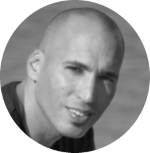 Tal Gur is an author, founder, and impact-driven entrepreneur at heart. After trading his daily grind for a life of his own daring design, he spent a decade pursuing 100 major life goals around the globe. His journey and most recent book, The Art of Fully Living, has led him to found Elevate Society.
Tal Gur is an author, founder, and impact-driven entrepreneur at heart. After trading his daily grind for a life of his own daring design, he spent a decade pursuing 100 major life goals around the globe. His journey and most recent book, The Art of Fully Living, has led him to found Elevate Society.








